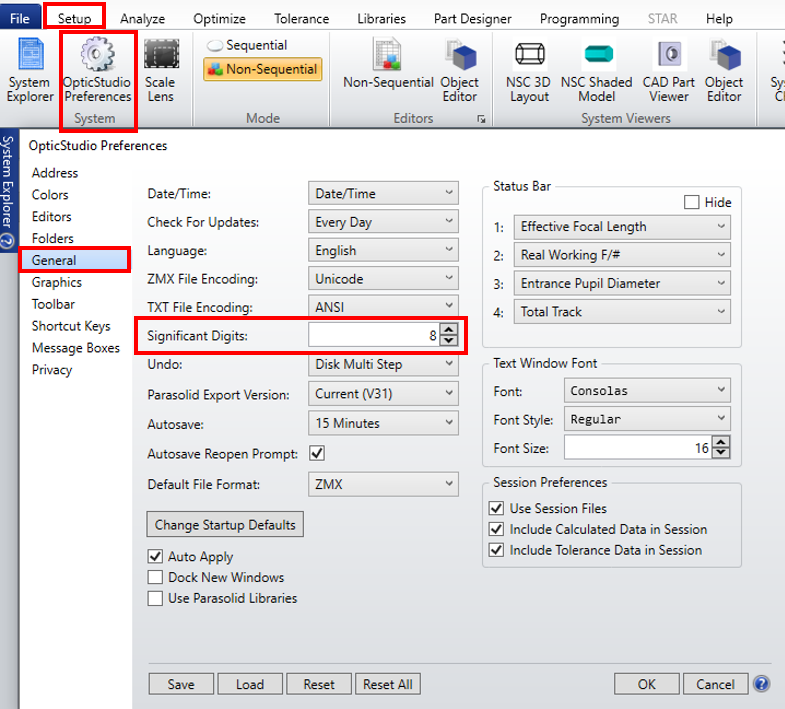I am trying to understand what criteria dictates Zemax to round up decimals.
For instance: in the Aperture setting below. I inserted the following values and got rounded up values
- X-Half Width: 8.325 → Zemax value = 8.325
- Y-Half Width: 10.125 → Zemax value = 10.13
Why does Zemax treat the first entry differently from the second? It shouldn’t round up 8.325 differently than 10.125. But, it does. Can someone please explain to me if this is a possible bug or there is an internal logic that dictates how round-ups happen in Zemax.

Thanks - ASuku










